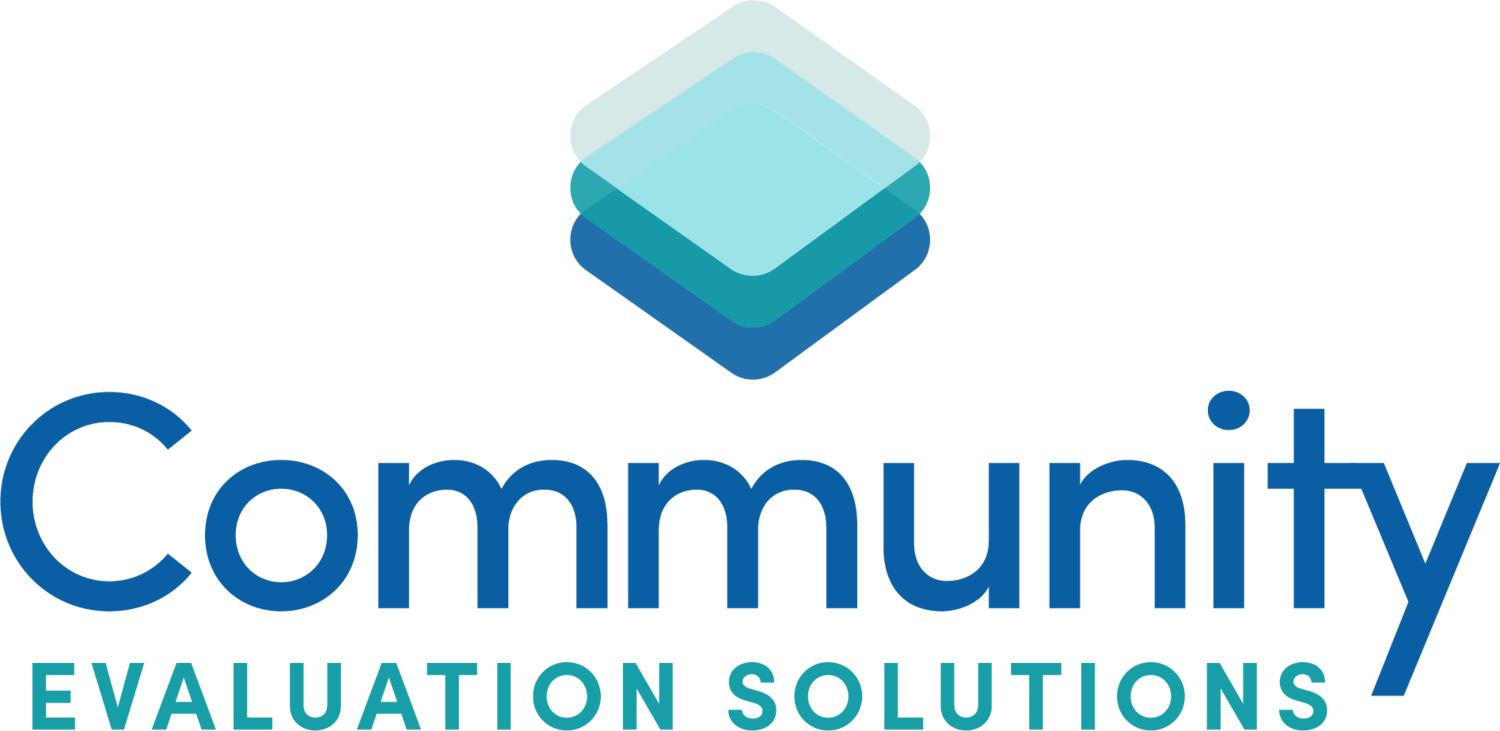3 Steps to Take Right Now to Rev Up Your Coalition Meetings
Last week I attended and presented at the Georgia School of Addiction Studies. I must be honest; it touched a few buttons. I started out my career serving in the treatment space. But it was good to see some of our clients face to face, both new and not so new.
I gave a workshop on building strong coalitions. One of my attendees asked me to share some best practices for moving their coalition from “just meeting” to accomplishing work. Great question! Here are 3 tips for you.
1). Focus on your mission. Believe it or not, many of your coalition members may not have any idea why they are there. In some cases, their boss tells them to go. In other cases, you might have community members who sincerely want to do some good but aren’t sure why they are there.
My tip? Some community coalitions post their mission where people can see it, either on the wall or on each table. I've seen coalition leaders ask everyone to recite the mission out loud together at the start of the meeting.
Ensure that every new person is welcomed to the group with a welcome packet that includes information about the coalition, the by-laws, a commitment letter, or Memorandum of Understanding (MOU), and opportunities to get involved. Better still, have a welcoming committee and assign someone the task of meeting with new members to review the welcome packet with them.
2) Set the stage for collaboration. It might seem obvious, but many coalitions are full of many well-intentioned folks who represent their organizations well but are not sure what it means to collaborate. More on practicing collaboration in future blogs, but for now, set the stage for collaboration. Create a welcoming environment by playing music as people enter. Make sure new people are welcomed and introduced to others. Set up the meeting in a circle, rather than at tables. As Tom Wolff describes in The Power of Collaborative Solutions, this helps neutralize the power dynamics in the room. When people introduce themselves, have them share their name and where they live as an alternative to their name and job title. The point is to demonstrate that everyone’s voice is important, not just the professionals in the room. Coalition leaders can use a variety of methods to ensure everyone’s voice is heard including pair and share techniques or small group discussions, followed by large group “harvesting.” For example, use some meeting time to ask, “What issue in our community are you most concerned about?” and “What are the challenges we will face?” Sharing in a circle and problem solving together help the group practice democracy, deep listening, and problem solving across the community.
3) Make EVERY meeting a working meeting. Trust me, I have seen a lot of ineffective coalition meetings! Most of those are of the “Meet and talk” variety. You know, where people share their name and what activity their organization is currently promoting. Please don’t have a meeting if all you are doing is sharing information. Instead plan your meeting thoughtfully and use effective meeting techniques. This means having an agenda with time limits, reviewing your mission, and sharing your agreements on how you all work together. Review your meeting objectives, spend time in fruitful work and discussion, and at the end of the meeting, review action items, who is responsible, and due dates. Make sure someone is assigned the task of taking minutes.
I hope this gets you started on moving from “just meeting” to accomplishing work. Let me know what techniques you tried or any tips you have.


